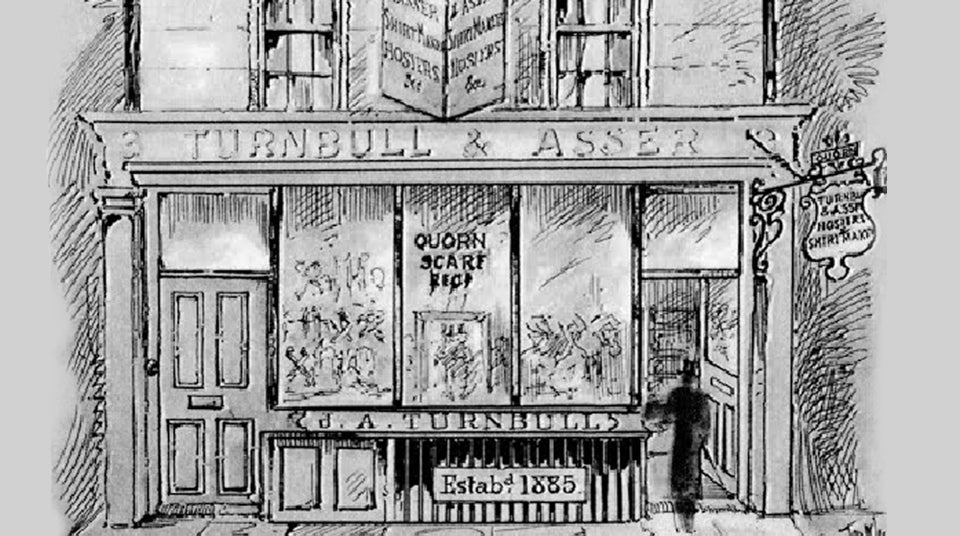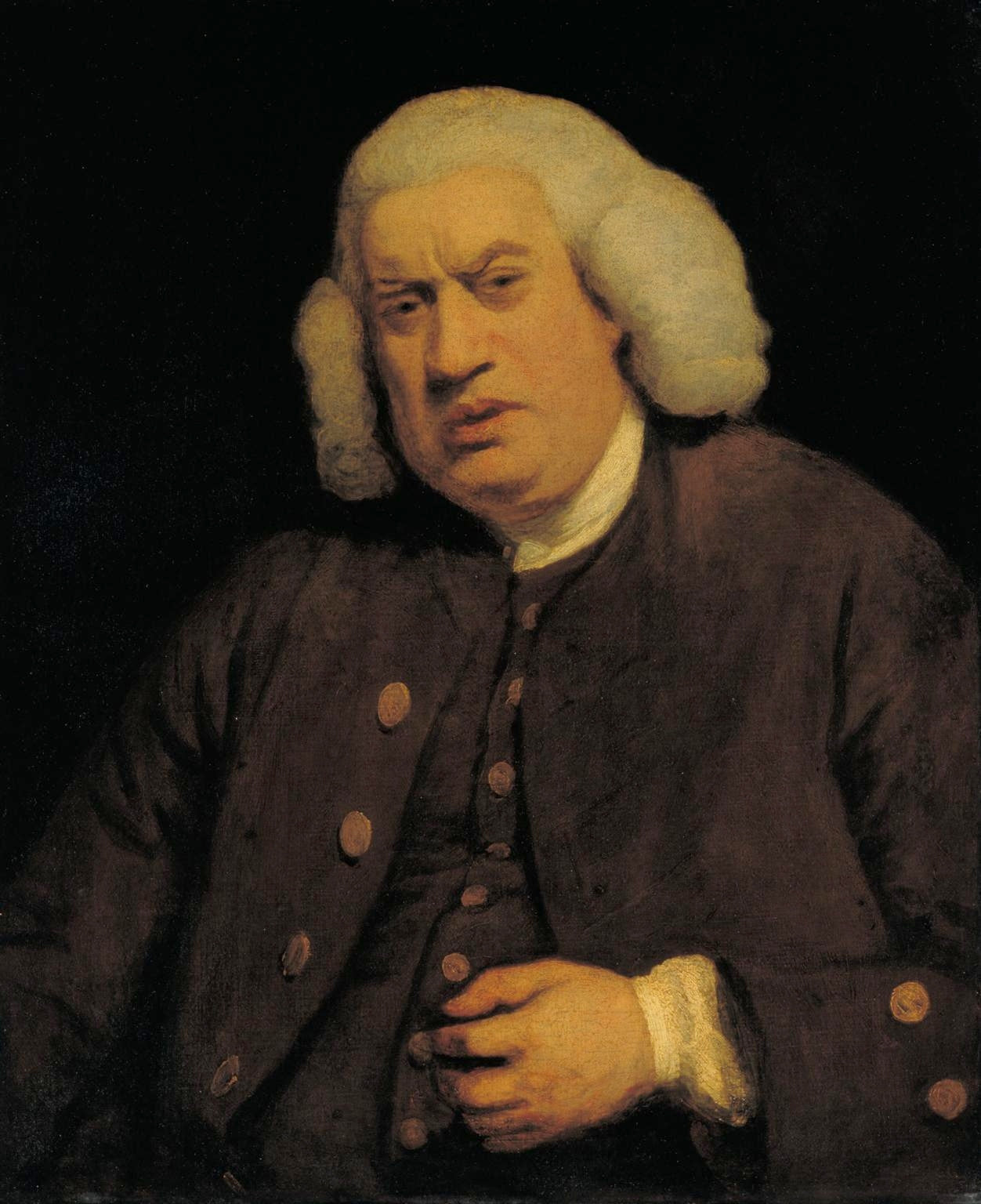A Living History: The Shops & Galleries of St. James’s

A series surrounding the vibrant History of St James's; we invite Alain Rowe to examine the area we're proud to be a part of.
At the Restoration of the monarchy in 1660, Pall Mall became St. James’s principal and most fashionable thoroughfare, its shops mainly dedicated to the shopping interests of ladies. As Pall Mall’s coffee & chocolate house society developed, the street’s shops became more diverse - but like its houses, more rundown. Many of these old shops and houses were replaced during the latter half of the eighteenth century, among them, in 1770, Nell Gwynne’s house on the south side of Pall Mall, whose easterly neighbour, Schomberg House, had been renovated and subdivided the previous year. Occupying the western portion of Schomberg House from 1774 until his death in 1788 was Thomas Gainsborough, who painted and latterly exhibited his work there. Next door in the centre portion was the home and studio of John Astley, who studied with Joshua Reynolds and specialised as a portrait painter. Succeeding John Astley as occupant of 81 Pall Mall in 1781 was a very different type of artist - James Graham, quack doctor of health and vigour, whose premises on Pall Mall boasted the pseudo-doctor’s famed Grand Celestial Bed, an aid to conception that was taken quite seriously by high society. Furnished with live turtle doves, fresh flowers, pink sheets and mattress filled with ‘the hair of English stallions’, the 12’ by 9’ magnetised bed emanated spiced fragrances, and ‘celestial sounds’ from organ pipes responsive to movements of passion. In 1783, having fallen from favour as a doctor of fertility, Graham left Schomberg House for Edinburgh, where he concentrated on his system of ‘earth bathing’ - a method of nutrient absorption that works well for trees, but not humans, and where he suffered many bouts of insanity before dying in 1794 aged 49, his attempts at prolonging his life through rigorous fasting having been unsuccessful.

The lost art of earth bathing. Dr Graham’s Bathing Establishment, Thomas Rowlandson, c. 1774.
Next door to Gainsborough, in numbers 83 and 84, was the auction house of James Christie, who sold many of the painter’s works, and who moved his business to King St. in 1823. Ranking alongside Christie’s as one of Pall Mall’s great commercial survivors is Justerini & Brooks. The business was started in 1749 by Giacomo Justerini, who is reputed to have followed the opera singer Margherita Bellini to London. Certainly, it is through Margherita that Giacomo met his business partner, George Johnson, with whom he successfully sold ‘their special apricot wine and nectarine gin, their aqua mirabilis and other strong waters’ to the theatrical environs of an affluent London. Justerini retired from the business in 1760, leaving it to Johnson, whose grandson sold it to Alfred Brooks in 1831. Justerini & Brooks moved from Pall Mall in 1954 after 205 years, their wine business relocating to 61 St. James’s St. in 1969.

An engraving of Christie’s auction room by Thomas Rowlandson & A. C. Pugin, c. 1810.
Like Pall Mall, St. James’s St. developed rapidly on the return of Charles II from exile, and to the spread and development of St. James’s coffee & chocolate houses. Aided further by the arrival of many shopkeepers driven out by the redevelopment of Pall Mall, St. James’s St. was a hive of activity when Dr Johnson visited Wirgman’s, the silversmiths and jewellers on the southern corner of St. James’s St. and St. James’s Place to buy shoe buckles in 1778. Dr Johnson, who wanted small shoe buckles - not the fashionable large ones - and who refused to pay Wirgman more than a guinea for them, had difficulty finding the shop, causing him to grumble afterwards: ‘To direct one only to a corner shop is toying with one.’

Dr Johnson, man of letters, was not a man to be ‘toyed with’. Doctor Samuel Johnson, Sir Joshua Reynolds, 1772.
Also on the western side of St. James’s St., at number 62, was Betty’s fruit shop. The shop was a lounge for wits, politicians and the nobility - its proprietor, Elizabeth Neale, being a dispenser of gossip and scandal as well as fruit. A little further up the street on the eastern side at number 27 was William Banting, the once obese undertaker whose Letter on Corpulence, addressed to the Public popularised the low-carbohydrate diet long before Robert C. Atkins. This premises was the last gallery, and home, of print seller Hannah Humphrey, who published and sold the works of James Gillray, caricaturist and political satirist, and with whom Gillray lodged for most of his working life - at this address, from 1797 until his death in 1815.

Hannah Humphrey’s shop on St. James’s St. as depicted by James Gillray, 1808.
At number 10 on the same side was the St. James’s Bazaar, an early Victorian shopping mall dedicated to ‘trifles of every description’, and a failed venture of William Crockford, whose gambling palace opposite White’s was patronised by the Duke of Wellington, allegedly ‘only for the food and the excellent amenities’. Crockford, said to have ‘had a faculty for calculating odds while giving the appearance of being stupid’, spent £2000 a year on dice, and the same extravagant sum on a ‘brilliant but hot-headed chef’, Louis Eustache Ude, whom club members would deliberately provoke into arguments. William Crockford’s gambling establishment no longer exists, though the gaming club on Curzon St., which bears its name, is helping to keep Crockford’s memory alive. Again on the easterly side of St. James’s St., at number 9, is John Lobb, bootmaker to the Prince of Wales by 1866, and Lock & Co., the hatters, who’ve been at their current location at number 6 since 1765, but whose business was established on St. James’s St. during the reign of Charles II. At number 3 on the same side - occupying the site of a farm which in 1598 was the only neighbour of St. James’s Palace - was the grocery shop of the ‘respectable’ Widow Bourne, which she established in 1698, and which was popular among the gentry. This, the Widow Bourne left to her daughter Elizabeth, who with her husband William Pickering, did well selling coffee, chocolate, tobacco and spices from the New World. The shop began specialising in wines and spirits during the nineteenth century under the influence of a relation on the Pickering side, George Berry, whose descendants were later joined by the Rudds.

William Crockford’s clubhouse at 50-53 St. James’s St., opposite White’s.
Jermyn St., whose name first appears in 1667, was built by Henry Jermyn, 1st Earl of St. Albans (c. 1604 - 1684) to supply goods and services to the ‘palaces fit for the dwellings of Noblemen and Persons of Quality’ that he was building on St. James’s Square. By the middle of the eighteenth century, the street was best known for its hotels and lodgings, though it was still home to a large number of tradespeople. Floris, the perfumer, is Jermyn St.’s oldest surviving business. It has been trading from the same location at 89 Jermyn St. since the Minorcan, Juan Floris, set up shop there in 1730. A few doors up the street at number 93 is Paxton & Whitfield, the cheesemongers. Established in 1742, the business moved to 18 Jermyn St. in 1835, and then to its current location in 1896. Jermyn St. became famous for its fashionable menswear in the late nineteenth century, a point in time marked by Turnbull & Asser’s own inception. Lying between St. James’s Square and Haymarket, like its modern-day successor, was the original St. James’s Market. It is here that William Fortnum, a footman at the palace, and his landlord, Hugh Mason, began their partnership by reselling the half-burnt candles that Fortnum acquired as a perk from the palace. The two would later capitalize on Fortnum’s familiarity with Queen Anne’s fondness for tea.

Turnbull & Asser’s first modest premises just off Jermyn St. at 3 Church Place, which it occupied from 1885 until its move to 71-72 Jermyn St. in 1903.
Gone from St. James’s - like Graham’s Grand Celestial Bed - are Thomas Gainsborough, John Astley and James Gillray. However, still thriving inviolably on King St. is the auction house of James Christie, where the works of Gainsborough are sold still, alongside those of his more reputable neighbour in Schomberg House, and Hannah Humphrey’s acerbic lodger. In the shadow of the world-famous auction house are a host of independent art specialists and dealers, among them, in Mason’s Yard, the famed White Cube contemporary art gallery, which was incepted on Duke St., St. James’s in 1993. With three royal residences on St. James’s westerly flank, with the Palace of Westminster and its Whitehall administration its easterly neighbour, with St. James’s Place and Jermyn St. still providing accommodation for the most discerning visitor, and with the coffee & chocolate house culture of St. James’s earliest days evolved into the unparalleled club and social scene that makes St. James’s so unique, the demand for goods of an unparalleled order has not declined. Nor has the provision itself really changed - St. James’s never lost its art dealers, wine merchants, hatters, shoemakers and clothiers. True, you’ll find no peruke-makers, and Turnbull & Asser’s Jermyn St. shop is on a corner, but we’d hardly agree with Dr Johnson that it’d be ‘toying’ with you to recommend that you visit it when you can and are comfortable doing so. For here, among the area’s historic shops and art dealers, as in all our premises, you have a place in St. James’s living history.



